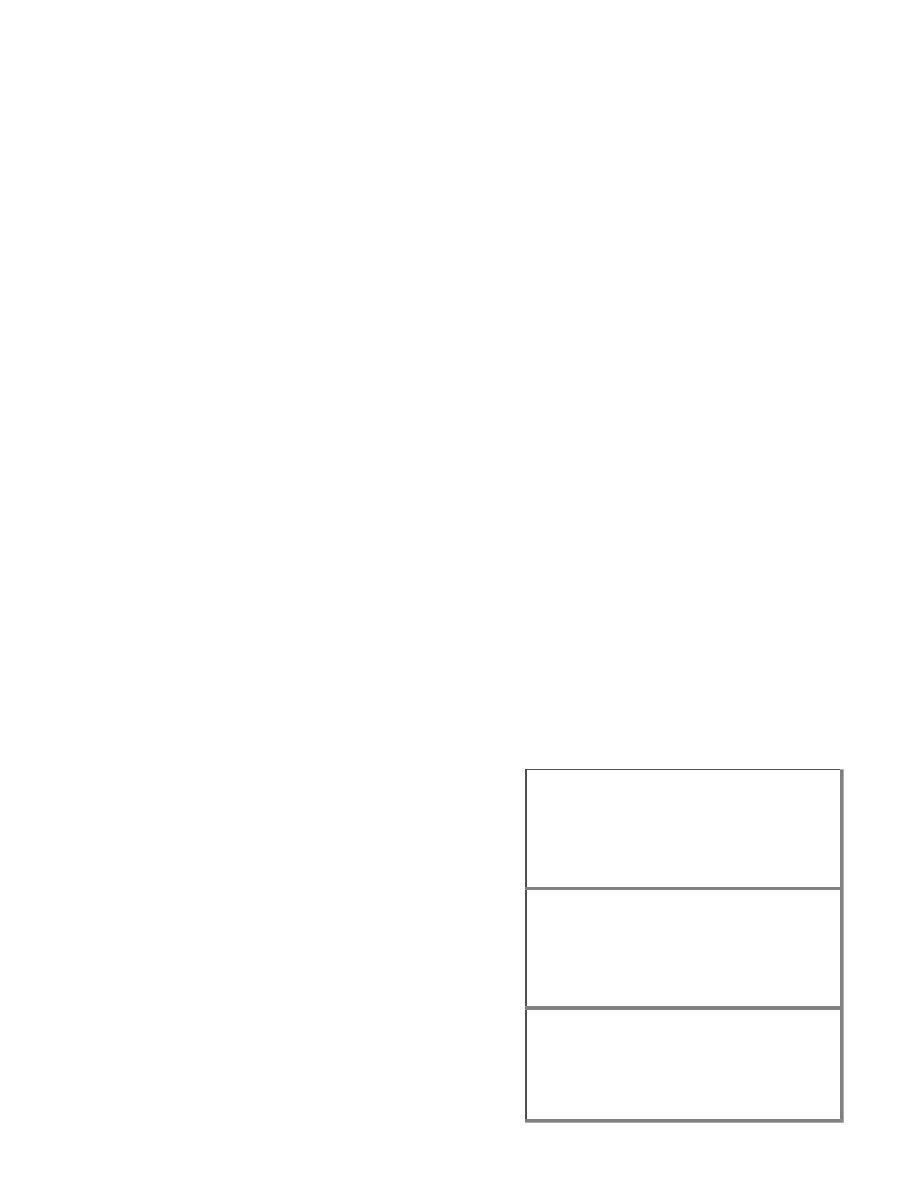BMW 3 (E46). Manual - part 4

010-7
Tools
Most maintenance can be
accomplished with a small selection of
the right tools. Tools range in quality
from inexpensive junk, which may
break at first use, to very expensive
and well-made tools for the
professional. The best tools for most
do-it-yourself BMW owners lie
somewhere in between.
Many reputable tool manufacturers
offer good quality, moderately priced
tools with a lifetime guarantee. These
are your best buy. They cost a little
more, but they are good quality tools
that will do what is expected of them.
Sears’ Craftsman® line is one such
source of good quality tools.
Some of the repairs covered in this
manual require the use of special tools,
such as a custom puller or specialized
electrical test equipment. These special
tools are called out in the text and can
be purchased through an authorized
BMW dealer. As an alternative, some
special tools mentioned may be
purchased from the following tool
manufacturers and/or distributors:
Assenmacher Specialty Tools
6440 Odell Place, Boulder, CO
80301
303-530-2424
http://www.asttool.com
Baum Tools Unlimited, Inc.
P.O. Box 5867, Sarasota, FL
34277-5867
800-848-6657
http://www.baumtools.com
Schley Products, Inc.
5350 E. Hunter Ave., Anaheim Hills,
CA 92807
714-693-7666